Is It Time for a Sundial in Your Garden?
http://decor-ideas.org 03/20/2014 23:22 Decor Ideas
The first day of spring, March 20, is a cause for celebration for everyone who has weathered a long, cold winter. We crave the sun as much as our gardens do, and so it seems fitting to focus on sundials and the many ways they can be added to a garden scheme for beauty and practicality.
Sundials have been around a long time. Egyptians erected stone obelisks as far back as 3,500 B.C. to chart the hours, and over the centuries structures like this have been a way to follow the sun. As a garden element, a sundial can bring a touch of classicism to an outdoor space, and depending on how it’s sited, it can be a prominent focal point or a piece of functional art.
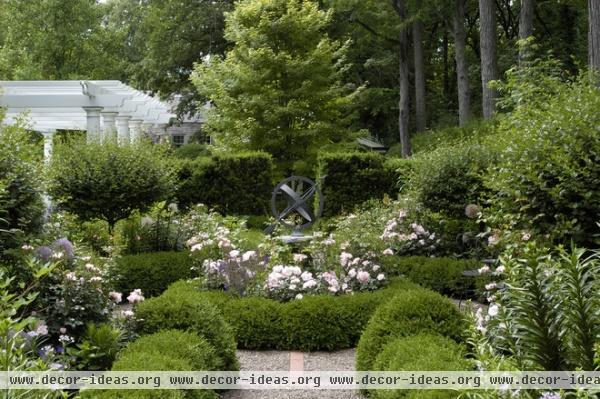
Strong focal points. If you’re thinking of creating an ordered space around a central point, a spherical sundial, such as this armillary sundial, makes a beautiful and elegant focal point. Ringed with shrub roses and boxwood shrubs, the sundial has a place of prominence in this formal garden, located in Winnetka, Illinois.
Note also how the axis continues through to the opening in the hedge wall, leading the eye farther out into the property, a lovely effect.
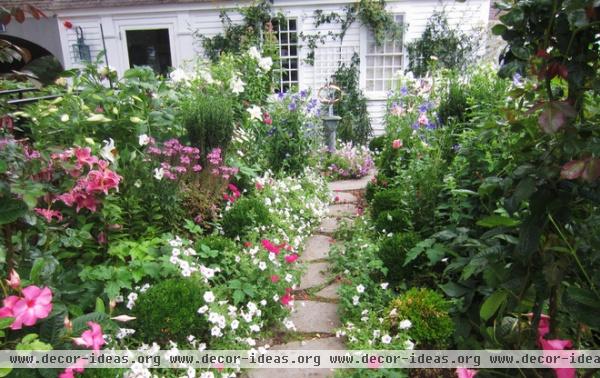
This romantic Boston garden features a sundial at the terminus of a stone path. Framed with tall lilies and a loose mix of anemones, dianthus and petunias, the sundial makes a vertical element near the house. This is classic cottage style with a loose and informal feel.
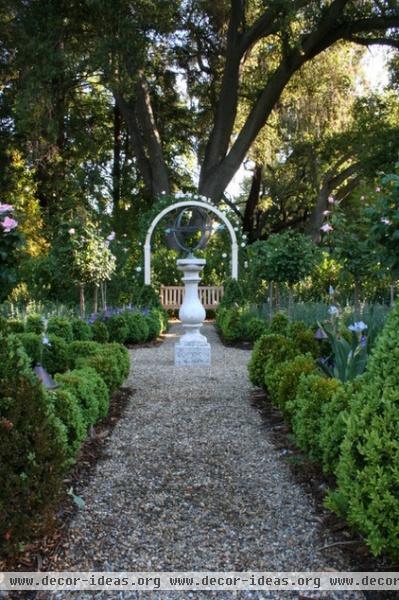
Formal designs benefit from strong focal points, especially when paths are monochromatic, with a limited plant palette. In this San Francisco backyard, boxwood shrubs create low hedging that lets the eye travel to a sundial mounted high on a stone base.
This is a very different look; it’s refined, calm, reserved — a place for walking with a book of poetry, perhaps.
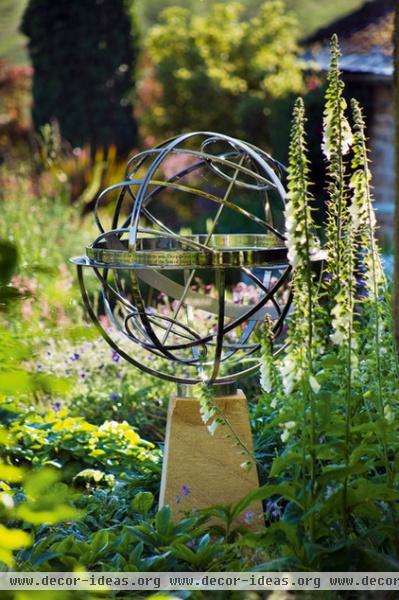
Artistic touches. This spherical sundial by English sculptor David Harber ornaments a London garden. Elevated on a stone base, it’s part of the planting scheme. Frothy leaves soften the base, and spiky racemes add visual interest.
This piece is made of stainless steel, but the company also produces sundials made of brass and bronze, and obelisks made of stone and copper.
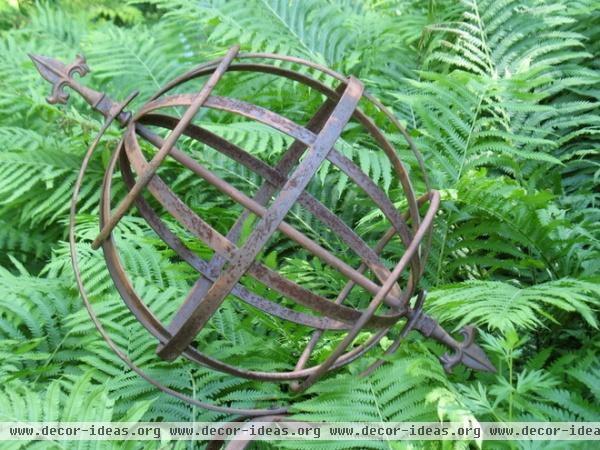
You can sometimes find pieces like this in salvage yards or antiques shops. I love how this sundial has been placed in a bed of ferns, its weathered patina contrasting with the verdant foliage.
Though it no longer is used as a traditional sundial, it can be appreciated as an interesting art object, a relic.
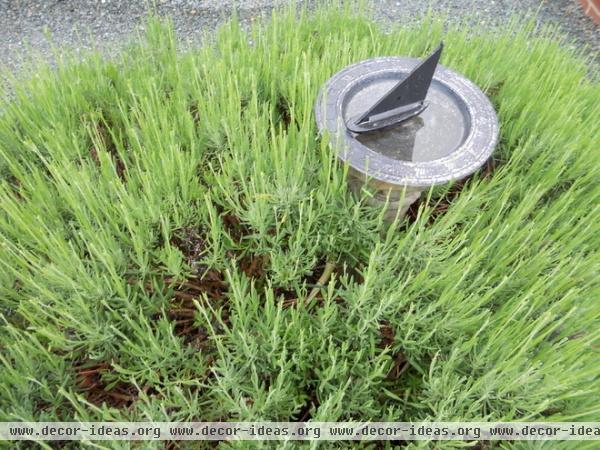
Marking time. Horizontal pieces with dial faces have hour lines that track the shadows cast by the gnomon.
In Albermarle County, Virginia, not far from Thomas Jefferson’s Monticello, fragrant lavender surrounds this small sundial in an herb garden.
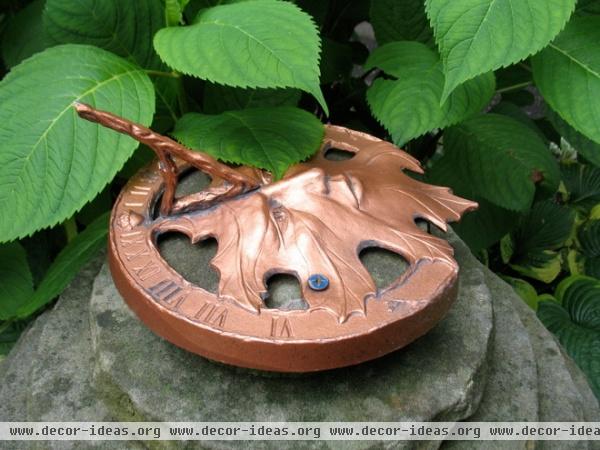
This contemporary copper sundial graces a corner of a garden at the Cleveland Botanical Garden. The hour lines are easily seen along the rim. This piece is bolted onto a large piece of stone; over time the metal will weather and blend in more with the boulder.
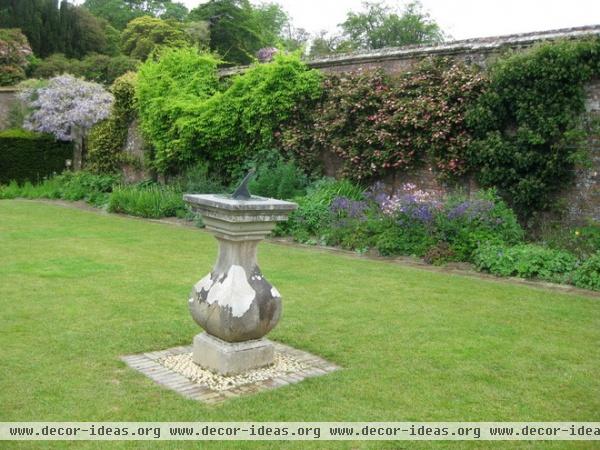
Setting the stage. I photographed this sundial at Heligan, one of England’s great estates that is full of evocative garden rooms. This particular piece has quite a history, no doubt. Set in a large, open lawn, it harks back to another time.
Historic landscapes commonly have sundials. If you’re gardening with antiques and old stone walls on a property with a past, think about adding an element like this.
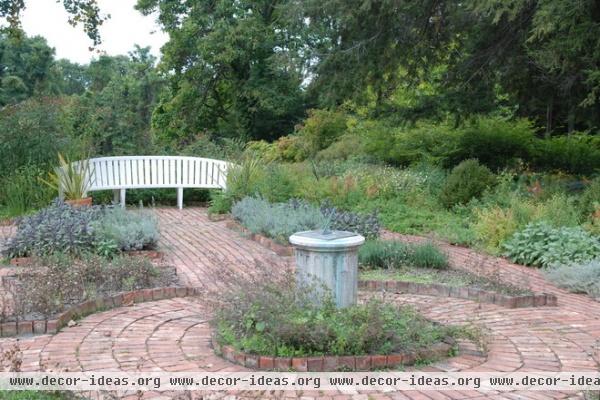
At an estate in Hudson Valley, New York, I was charmed by an old herb garden graced with a sundial mounted on a stone pillar. Surrounded with fragrant plants, it asked only that I pause and consider the passing of time. Which I did, taking in the scene from the bench.
I thought about the passing season and the coming year as the shadows fell.
More: 6 Basic Elements of Classic Garden Style
Related Articles Recommended












